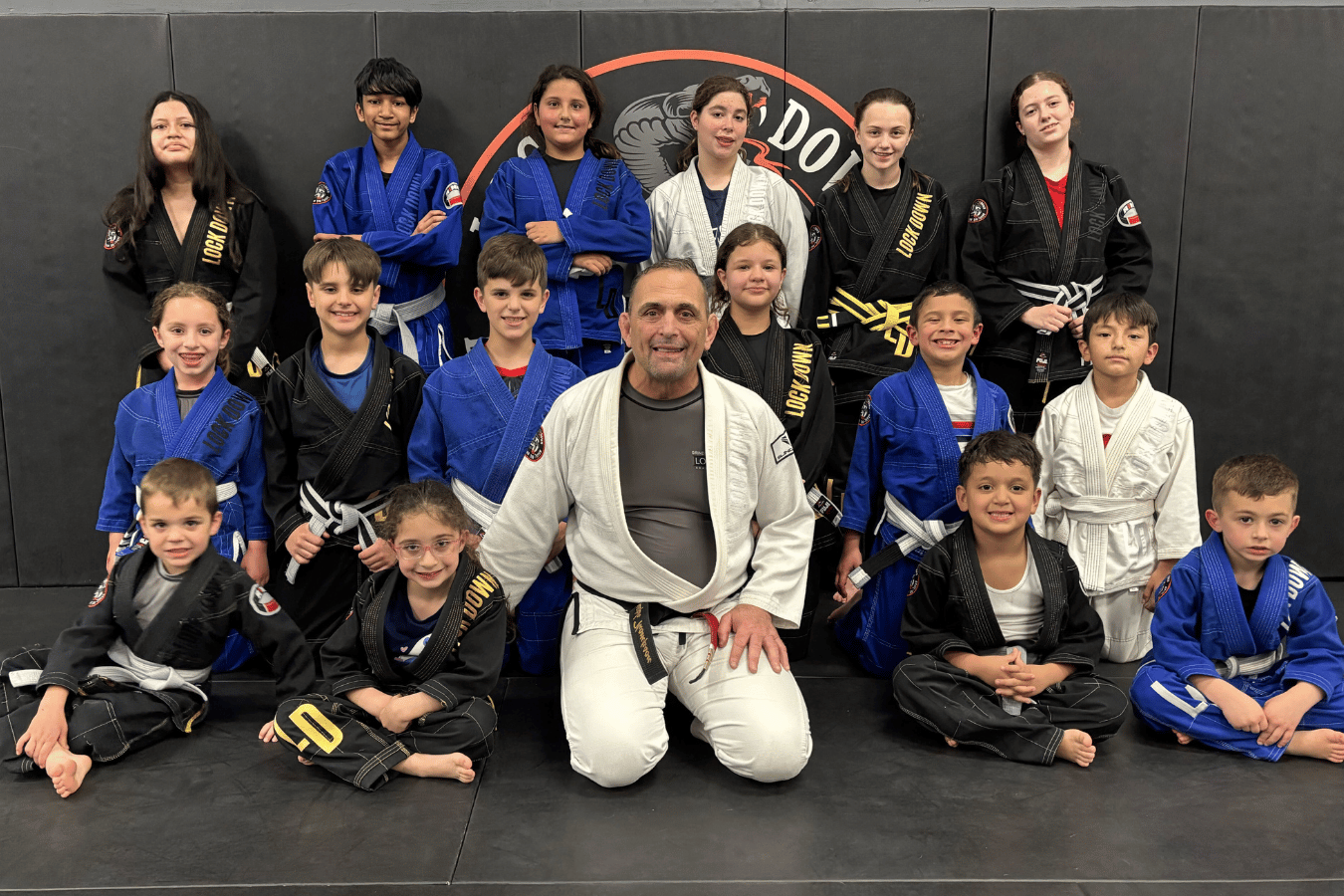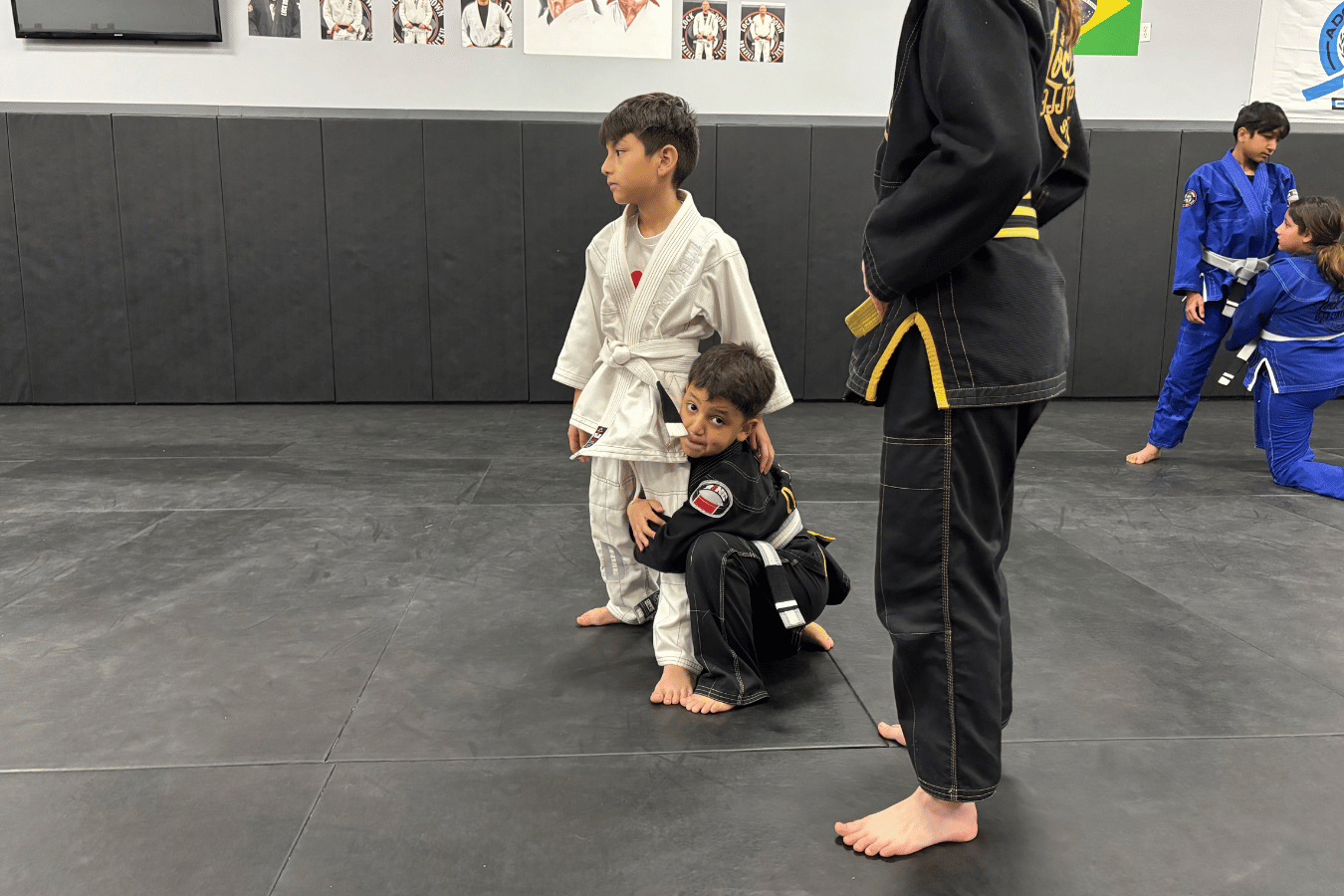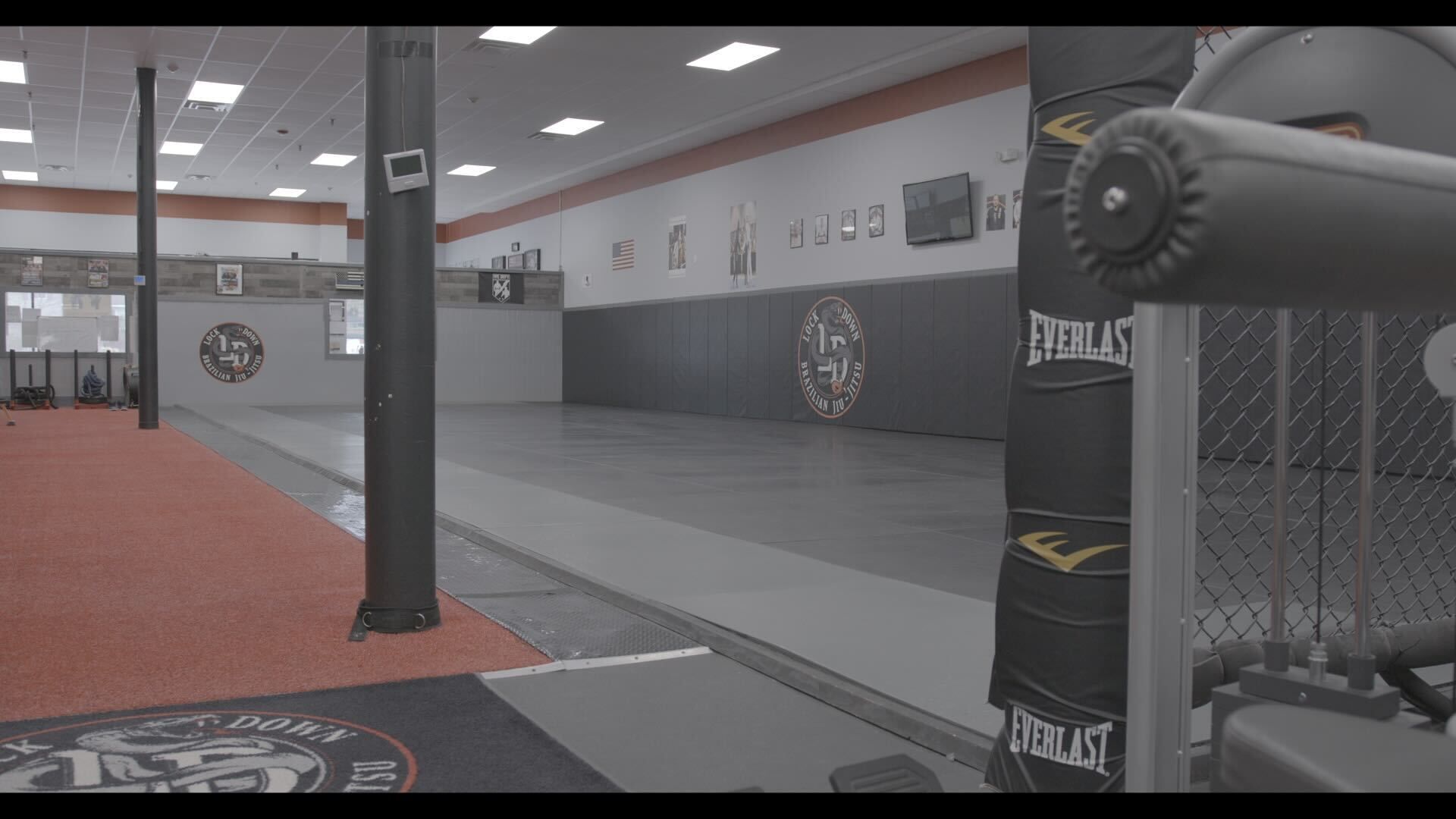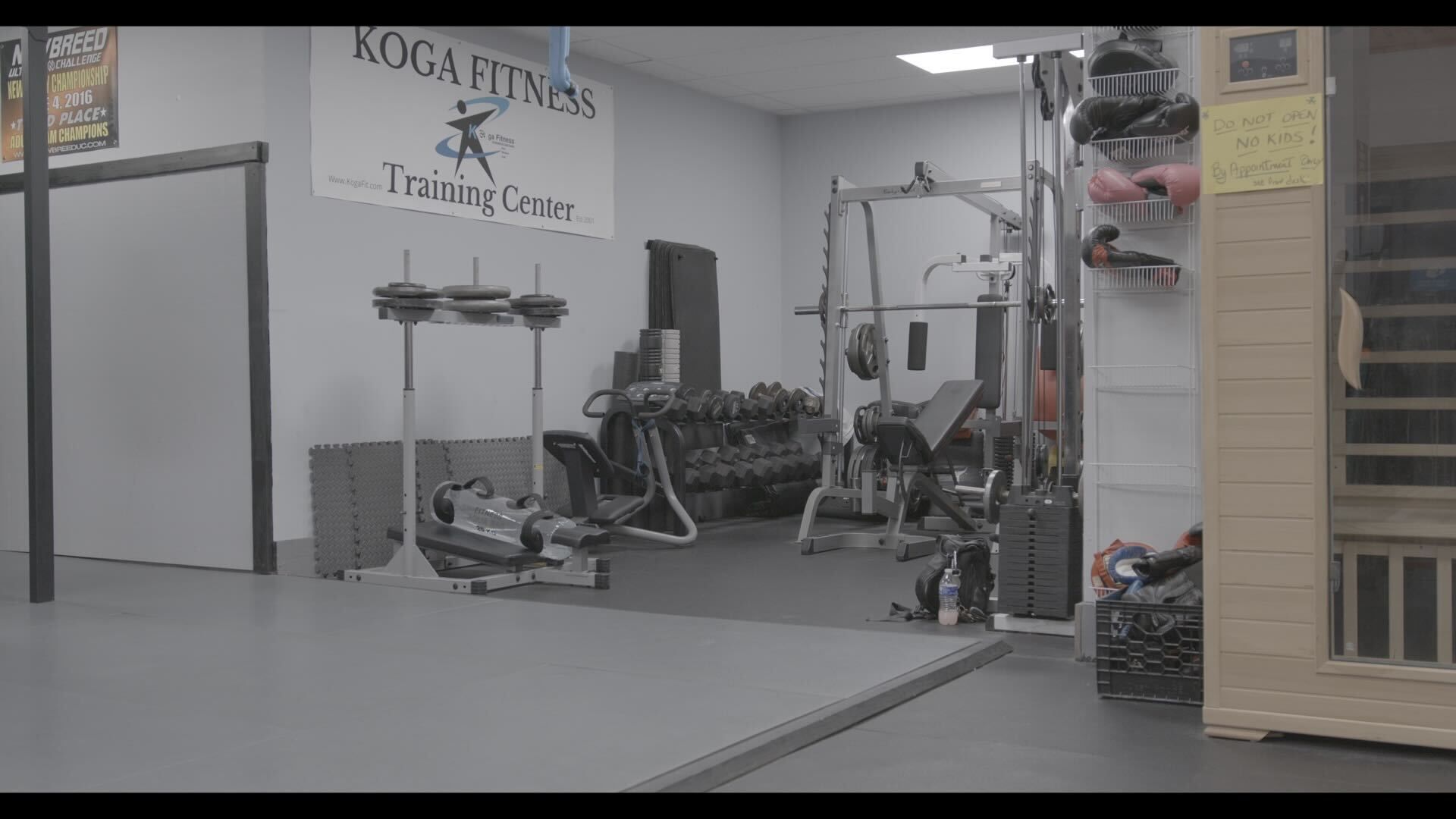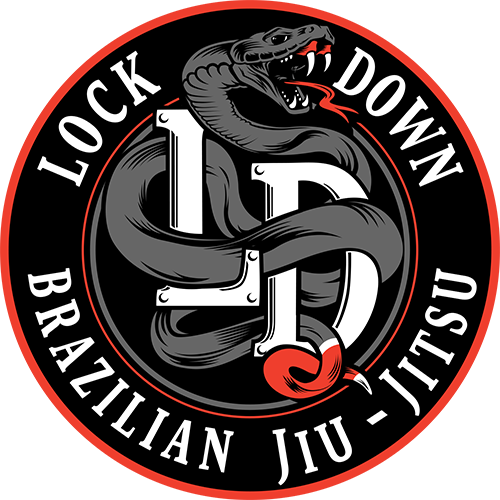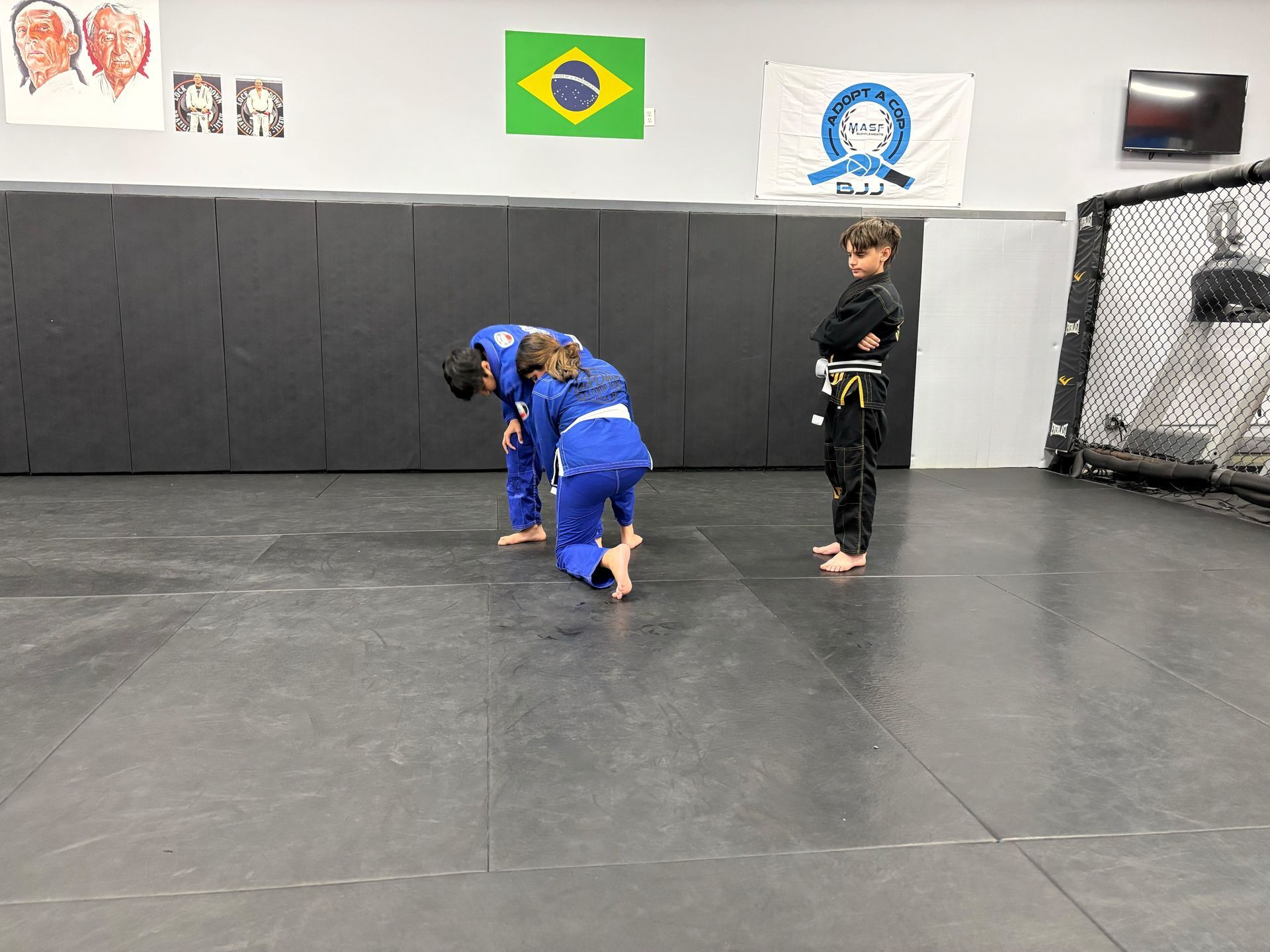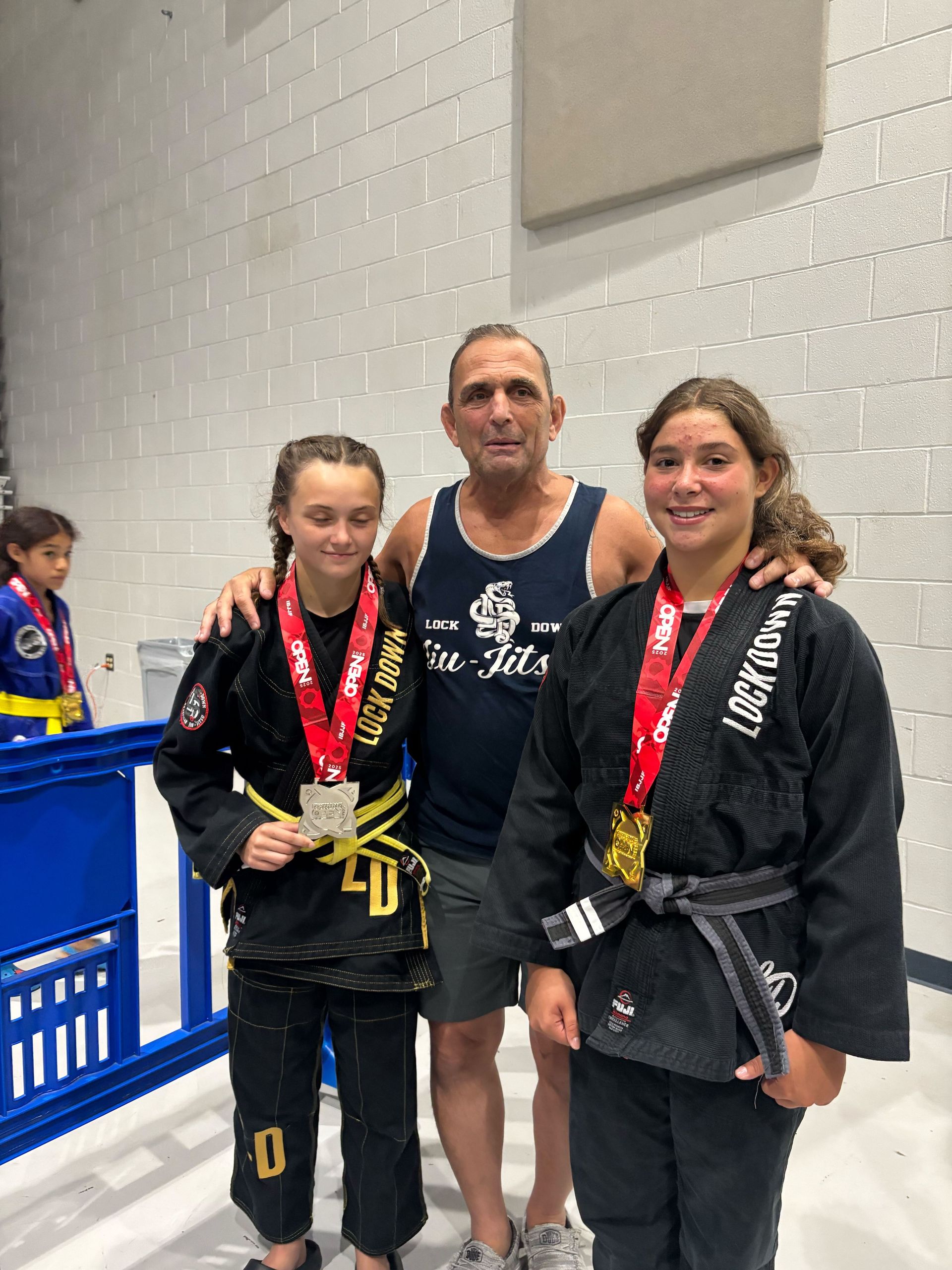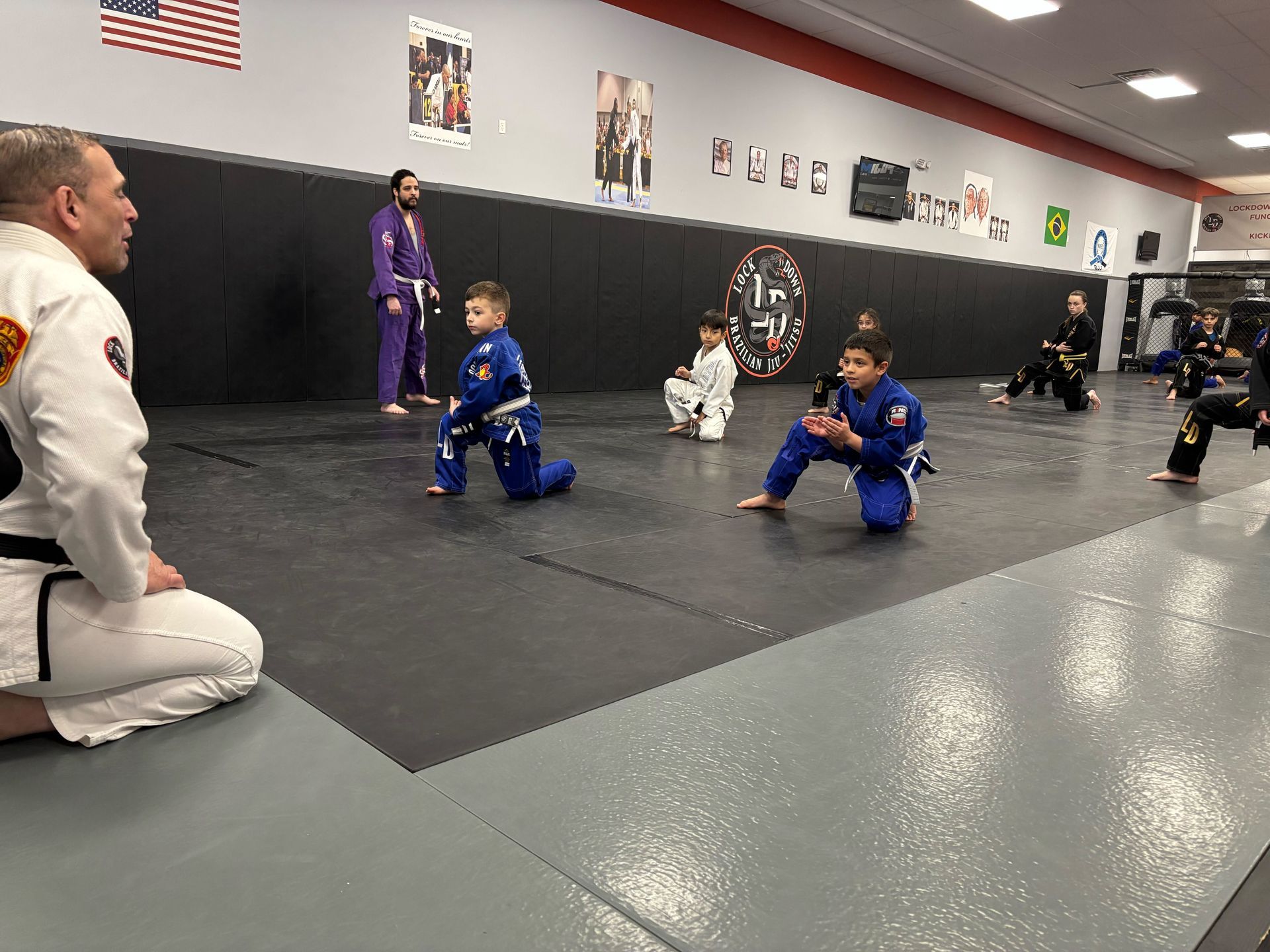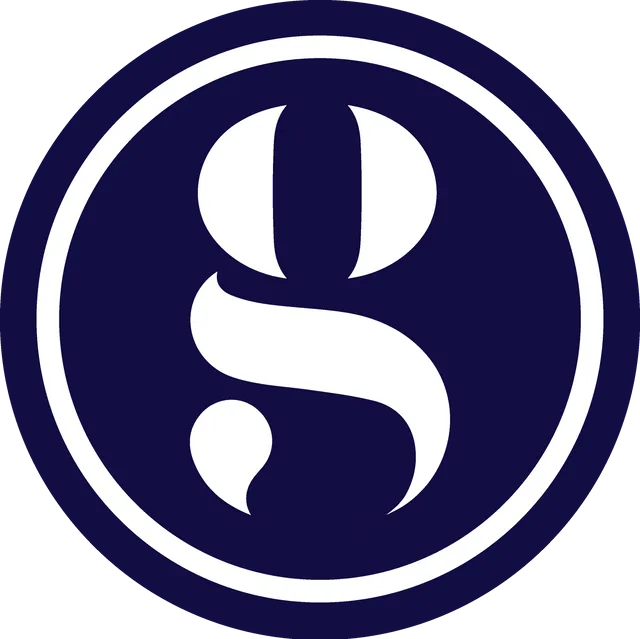Brazilian Jiu-Jitsu (BJJ) is a martial art that emphasizes ground control and submission techniques, and one of the most essential elements in this game is the guard.
The guard allows a fighter to defend themselves while on their back and provides opportunities to control the opponent, set up submissions, or execute sweeps. If you want to elevate your BJJ game, improving your guard is a fundamental step. Whether you're a beginner or an experienced practitioner, refining your guard can make you more effective in both offensive and defensive situations.
Understanding the Guard in Brazilian Jiu-Jitsu
Before diving into specific strategies to improve your guard game, it’s crucial to fully understand what the guard is and why it is so important in BJJ. The guard refers to any position where you use your legs to control or manipulate your opponent from the bottom. A strong guard allows you to neutralize an opponent's attempts to pass and opens up a wide array of attacks and sweeps.
Types of Guard
- Closed Guard: A classic position where your legs are wrapped around your opponent’s waist. It’s a strong defensive position that offers numerous submission and sweep opportunities.
- Open Guard: This position involves using your legs to control the opponent while your legs remain unhooked. Open guard variations include Spider Guard, De La Riva Guard, and Butterfly Guard.
- Half Guard: In this position, you control one of your opponent's legs with both of yours. Half guard can be both defensive and offensive, leading to sweeps and attacks.
A strong guard game relies on your ability to adapt between these positions, capitalize on openings, and fend off an opponent's pass.
The Role of Flexibility and Mobility
Flexibility and mobility are often underestimated in BJJ, but they are critical components of an effective guard game. Having flexible hips and hamstrings can drastically improve your guard retention and allow you to execute certain techniques with greater ease.
Why Flexibility is Crucial
Flexibility allows you to move your legs fluidly around your opponent, making it easier to maintain control or recover guard. In addition, being flexible can help you avoid injuries, especially when playing open guard or dealing with aggressive passers.
Mobility Drills for Guard Improvement
To improve your mobility for guard work, incorporating specific BJJ-focused mobility drills into your routine is essential. These include:
- Hip circles: To enhance hip mobility and improve your ability to control the opponent's movement.
- Leg pummeling drills: These help with dynamic transitions between different guard positions.
- Shrimping: A fundamental movement for creating space and regaining guard during rolls.
These mobility drills should be practiced regularly to increase fluidity in your movements and maintain guard retention.
Strength and Conditioning for a Better Guard
Beyond flexibility, strength plays a crucial role in guard retention and attacking from the guard. Core strength, in particular, is vital for keeping your hips off the mat, controlling your opponent, and executing various techniques.
Core Strength and its Impact on Guard Retention
A strong core enables you to move your hips and legs effectively, making it harder for your opponent to pass your guard. Exercises like planks, leg raises, and hanging knee tucks will help develop a rock-solid core that can handle the demands of a high-level guard game.
Exercises for Lower Body and Grip Strength
Leg strength is another critical component, especially when playing open guard or executing sweeps. Exercises like squats, lunges, and deadlifts will build the necessary lower body strength for guard play. Additionally, grip strength is essential, particularly in gi BJJ, where grabbing and holding the opponent’s sleeves or collar is a common part of controlling the guard. Incorporate pull-ups and farmer's carries to enhance your grip.
Developing a Solid Closed Guard
The closed guard is a staple of BJJ, offering a secure position from which to defend, attack, and sweep. To develop a strong closed guard, you need to focus on the basics first and then build on them.
Basic Concepts of Closed Guard
In closed guard, control of your opponent’s posture is paramount. Breaking their posture (forcing them to bend forward) is essential to setting up attacks. You can break their posture using collar grips, pulling their sleeves, or shifting your hips to create off-balance angles.
Effective Techniques from Closed Guard
Some of the most effective attacks from closed guard include:
- Triangle Choke: Using your legs to trap your opponent’s neck and one arm.
- Armbar: Isolating an arm and hyperextending it using your hips and legs.
- Omoplata: A shoulder lock that also serves as a sweep if done correctly.
These submissions are highly effective, but they require practice to execute smoothly and without telegraphing your intent.
Mastering the Open Guard
The open guard is a versatile and dynamic position that offers a wide range of offensive and defensive options. The open guard is often used to control distance, keep aggressive opponents at bay, and create opportunities for sweeps or submissions.
Key Principles of Open Guard
To master the open guard, you need to maintain constant control of your opponent using grips on their sleeves, pants, or collar. Your legs should be active, constantly creating frames and barriers to prevent the opponent from passing.
Popular Open Guard Variations
- De La Riva Guard: Named after Ricardo De La Riva, this guard involves hooking one of your legs around your opponent’s thigh and controlling their sleeve or collar.
- Spider Guard: Utilizes your feet on your opponent’s biceps to create leverage and control their posture.
- Butterfly Guard: This is a seated guard where you use your legs to hook under your opponent’s thighs, allowing for quick sweeps and transitions.
Each of these variations requires different skills, but all share a common goal: keeping your opponent off-balance while setting up attacks.
FAQs About Improving Your Guard Game in BJJ
What is the most important aspect of guard retention in BJJ?
- The most important aspect of guard retention is controlling your opponent’s posture and maintaining hip mobility. Keeping your hips off the mat and constantly adjusting your position makes it difficult for your opponent to pass.
How can I improve my flexibility for better guard performance?
- Regular stretching routines focusing on your hips, hamstrings, and lower back are essential for improving flexibility. Yoga and mobility drills, like hip openers and leg pummeling, can also significantly enhance guard movement.
What are the best sweeps to practice for beginners?
- Beginners should focus on mastering basic sweeps like the scissor sweep, flower sweep, and pendulum sweep. These fundamental techniques provide a solid foundation for more advanced sweeps as you progress.
How do I prevent my guard from being passed by stronger opponents?
- To prevent guard passes, focus on keeping strong grips, controlling your opponent’s arms and legs, and using your legs actively to create distance. Proper timing and anticipation of their moves are also key in preventing passes.
How do I combine submissions with sweeps effectively?
- The best way to combine submissions and sweeps is by setting traps. For example, if a sweep fails, use the opponent's reaction to set up a submission, or fake a submission to create an opening for a sweep.
Final Thoughts
Improving your guard game in BJJ takes consistent practice, focus on technique, and a deep understanding of how to balance offense and defense. Flexibility, strength, and mobility are critical physical attributes that will enhance your overall guard effectiveness. Continuously drilling guard retention, transitions, and attacks will sharpen your ability to control opponents from the bottom. Learning to chain sweeps and submissions together makes your guard far more dangerous and unpredictable. Ultimately, persistence and creativity are key, as the guard is a position that evolves with your BJJ journey, allowing for limitless growth and adaptation.

